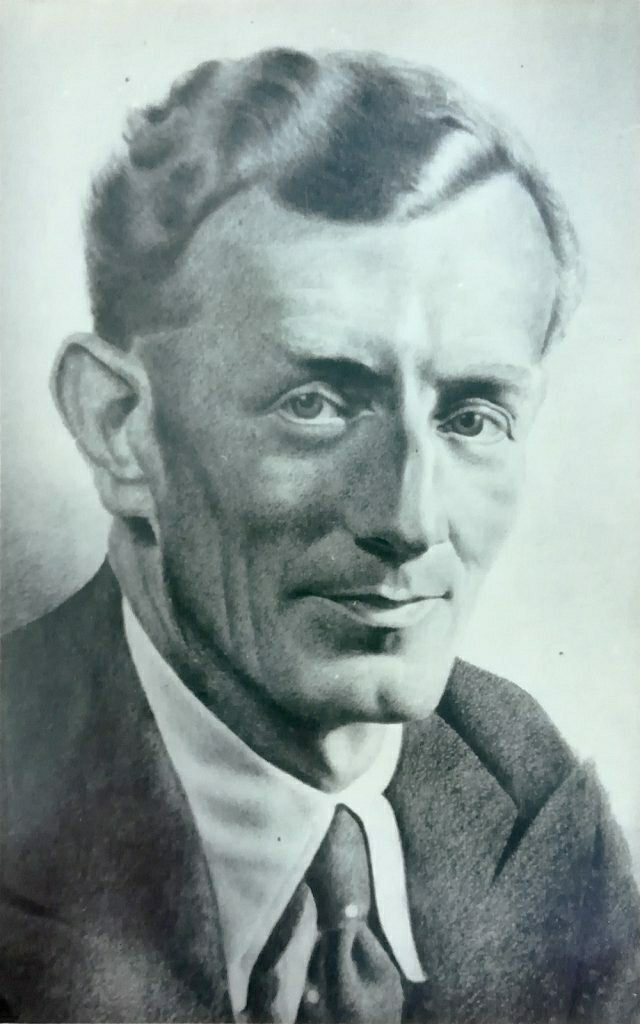Since there's no help, come let us kiss and part
Since there's no help,
come let us kiss and part
–By Michael Drayton
Since there's no help, come let us kiss and part.
Nay, I have done, you get no more of me;
And I am glad, yea glad with all my heart,
Thay thus so cleanly I myself can free.
Shake hands for ever, cancel all our vows,
And when we meet at any time again,
Be it not seen in either of our brows
That we one not of former love retain.
Now at the last gasp of Love's latest breath,
When, his pulse failing, Passion speechless lies
When Faith is kneeling by his bed of death,
And innocence is closing up his eyes—
Now, if thou wouldst, when all have given him over,
From death to life thou night's him yet recover!
Michael Drayton–1563-1631
Michael Drayton was born in 1563 and was contemporary of Shakespeare. Almost nothing is known about his early life, he might have studied at the Oxford University. He has written great number of poems including a long verse, travelogue and England. His first book is 'The Harmony of Church' filled with spiritual poem.
Introduction of the poem
The sonnet 'Since there's no help, come let us kiss and part'(1594) was the best known poem by Drayton. In the Elizabethan sonnet from it first appeared as number 61 in Drayton's 64-sonnet sequence title 'Ideas Mirror'. Drayton's poetry is not read much now. That is with the notable exception of this sonnet, beginning 'Since there's no help, come let us kiss and part', which is well-known. Poem contains heavy figurative language.
Analysis
The first line of the poem clarifying the situation as the poet is in a relationship that no longer proves satisfying, and he wishes that both lovers might separate with a minimum of pain. As the poem started with the line,
'Since there's no help, come let us kiss and part'
Which clearly represents that poet has lost his all hopes to live with his lady and the time has come to get separated. This is the first argument in the sonnet where the poet is taking a hard decision of his life, where he has to leave his beloved. The separation is painful but it can be healed by the kiss which they will have before parting, as it has ended on mutual desition and on a happy note.
In next line poet confesses that he is done now, and he is glad with this separation. He is also telling the beloved that she will not get more of him, and he will not try to meet his beloved. Poet says that he is happy with all his hear and he repeated this again,
'And I am glad, yea glad with all my heart'
In the next line poet made a statement that he will be free after the relationship ends. He is glad that he will be cleanly free from every promise and bondage of love and relationship. Before leaving, poet approaches to his girl to shake hands, as per poet by shaking hands they should cancel all the vows they have taken when they were together. 'Shake hands' seems too practical their future plans and love promises.
Poet by shaking hands cancel all the vows and further told his beloved to not express love if they meet in future. Poet clearly says that it may happen that they meet somewhere coincidently, and at that time beloved have to behave as there was not any love relationship between the poet and her. As he says,
'Be it not seen in either of our brows'
Poet explains that if would have any expression on her face after noticing the poet, people would come to know about their past love relation, and their former love relationship will get revealed.
By saying,
'Now at the last gasp of Love's latest breath'
Poet makes clear that the relationship of their love is not at the edge, and getting more and more near to death. Poet expresses the situation by saying that the pulse is fainting, passion is out of control, faith has lost its value and there is innocence.
In the last couplet poem makes turn as all sonnets do, poet says that these things can change and they can be together again if the lover wished. The mood of poet got changed from imperative to the subjunctive. Poet put a hope that if the behoves wishes then she can recover this love relationship from the death bed. Only she has the power over life and death, and poet hopes that she will exercise it.
Figures of speech
The format of sonnet is of Elizabethan format, the sonnet's first 12 lines, in iambic pentameter, and elaborate upon the problem or topic, while the couplet final acts as a summary or final epigram.
Drayton has used personification by the dying scene of passion and faith,
When, his pulse failing, Passion speechless lies;
When Faith is kneeling by his bed of death,
Poet also used personification by giving eyes to innocence. Allegorically, this is the image of dying love between two lovers.
The use of dash (–) creates a pause and suspence on the side of readers.
Rhyming scheme
A, B, A, B, - first quatrain
C, D, C, D, - second quatrain
E, F, E, F, - third quatrain
G, G, - conclusion couplet





Comments
Post a Comment